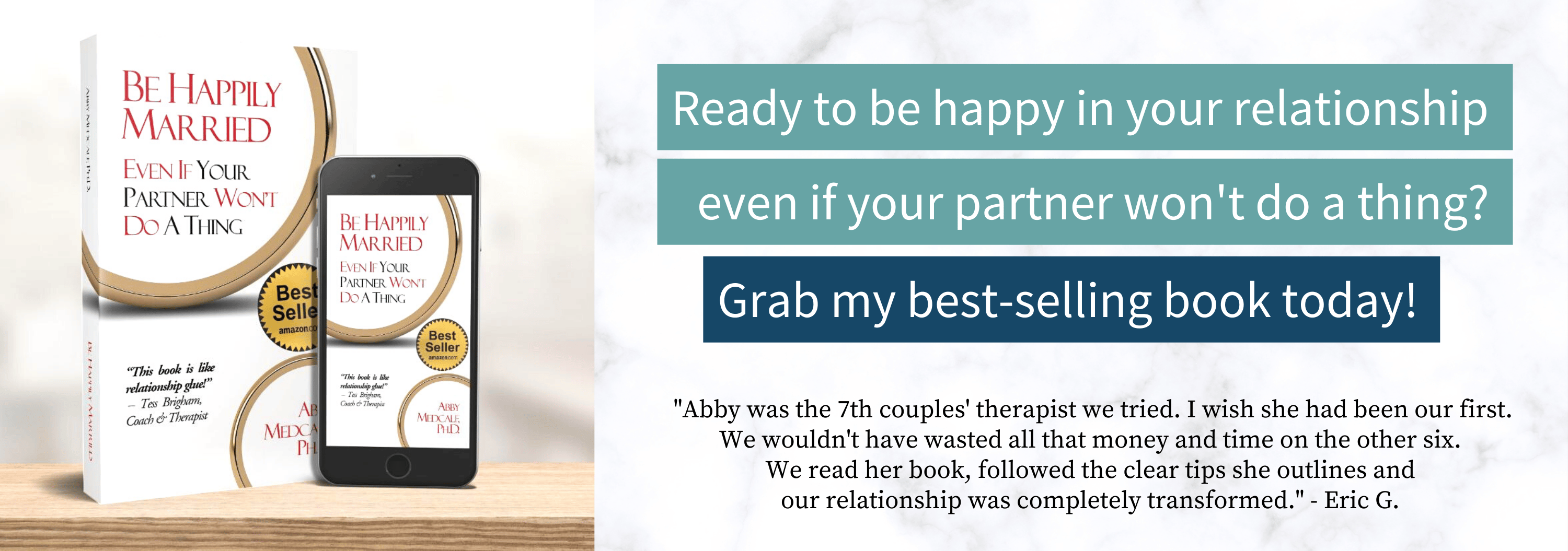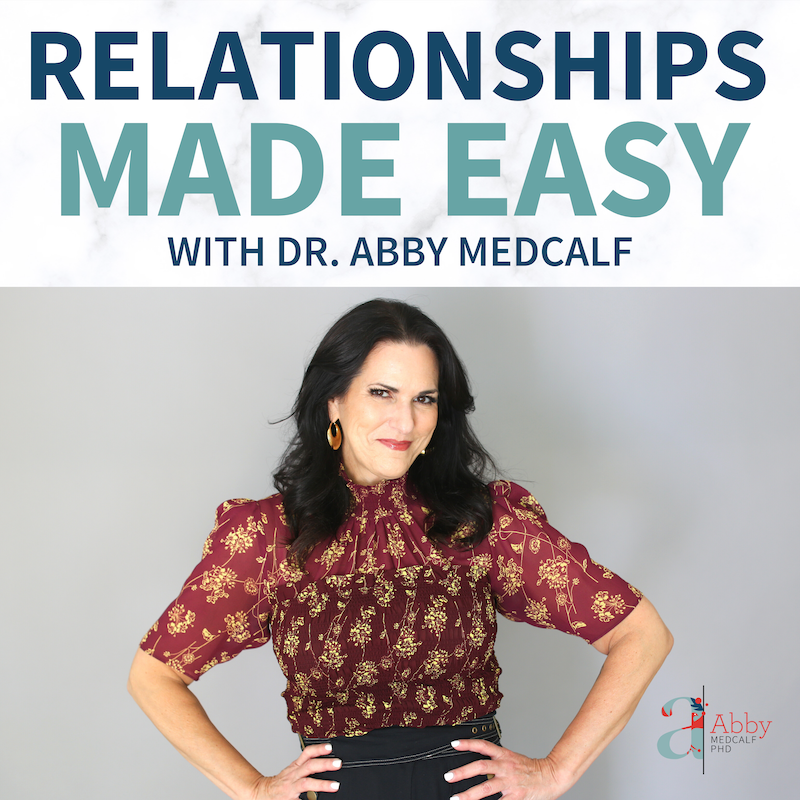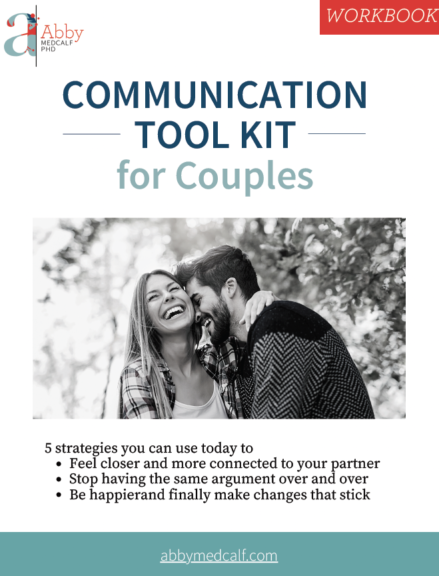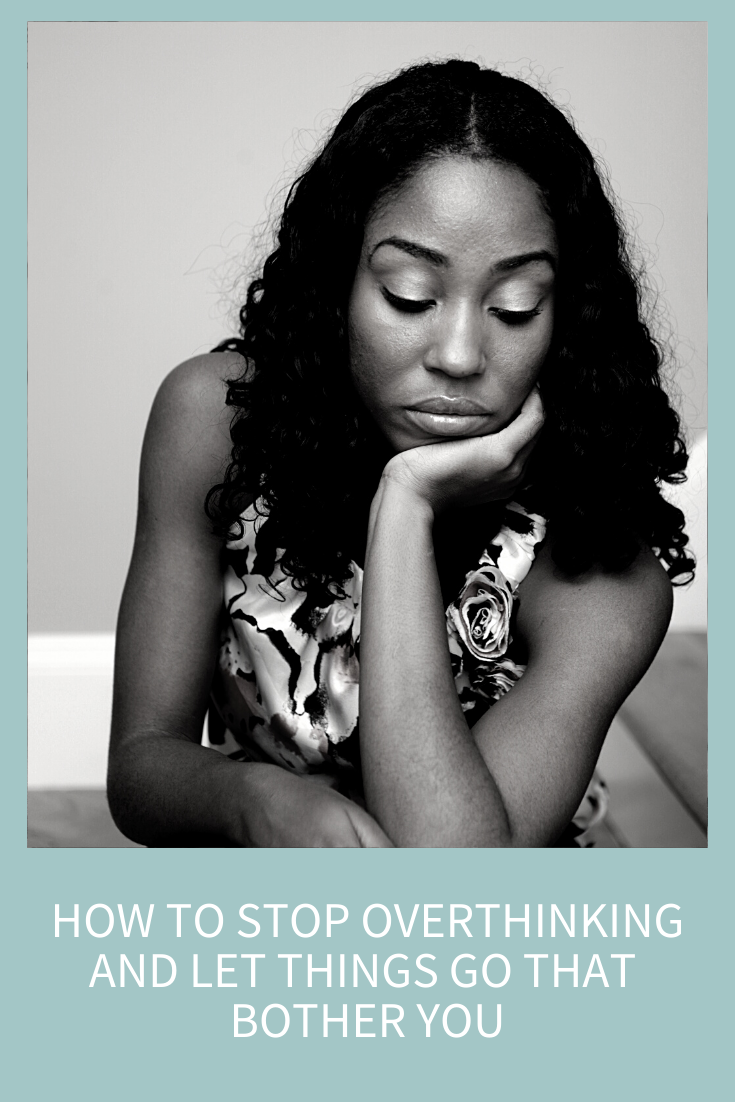
Do you have a hard time managing your emotions when life gets stressful? Have you tried tips and tools before but can’t find anything that works consistently for you? That’s likely because you were given the wrong types of strategies for your particular stress style. Today, I’m breaking down the two main ways our brains respond to stress and my top tips for how to manage your emotions for each of those ways. If you’re ready to get in charge of your feelings, keep reading.
9-minute read
We’ve all got daily stressors we have to manage. Whether it’s paying bills, getting to everything on your to-do list, dealing with a difficult boss, or figuring out a healthy plan for lunch, we all react to the stuff life throws at us in our own unique ways. Maybe you find yourself easily overwhelmed in certain situations and OK in others. Maybe your first reaction is always anger or lashing out when things don’t go your way.
No matter what, it all boils down to how you manage your emotions when stressors come your way (and they will)! If you’re here with me now, you’ve likely tried some tips or tools to manage your emotions that either hasn’t worked at all or didn’t work enough. This is often because there are different techniques that work with different stress reactions, and you might not be using the correct ones for your own personal craziness (I say with love, because we’re all crazy on some level).
Knowing Your Window of Tolerance
The way you handle the stress in yourself depends largely on something called your window of tolerance. Psychiatrist Dan Siegel who’s a professor of psychiatry at the UCLA School of Medicine and the Executive Director of the Mindsight Institute, developed this model in 1999. It basically describes the window in which you’re able to keep your emotions in check, think clearly, and function effectively. When you’re in your window of tolerance, you can receive and process information well and respond to whatever life is giving you with equanimity and efficiency. You feel grounded, can readily make decisions, and it’s relatively easy to manage your emotions and be self-reflective.
Some people have a really wide window for what they can tolerate, but others have a more narrow one. If you’ve got a smaller window, you see threats everywhere, and then your brain gets hijacked as you react in one of two ways: either a fight/flight response or a freeze response. This is you moving outside your window of tolerance (which, of course, is easier when your window is so narrow to begin with) and losing your ability to think rationally and regulate your emotions well. You end up over or under-reacting to stressors and feel like you can’t control your responses.
Here’s the rub: The effective coping strategies when your brain goes “fight or flight” are different than when your brain goes to the “freeze” response. We’re going to break down each response and the best tools for each in a moment, but first, I want to talk about what factors affect your window of tolerance.
Reasons Your Window of Tolerance is Where it is Now
Your window of tolerance can be very different from someone else’s, even if you grew up in the same household! It’s always a perfect storm that creates your particular window of tolerance, such as:
- The temperament you were born with, combined with your specific childhood experiences
- The amount of support you received from family, friends, coaches, or mentors growing up (and now)
- Traumatic experiences you might have had (even if you didn’t realize these were trauma experiences)
- Mental health conditions such as anxiety, PTSD, autism, and substance abuse
- Poor sleep
- Physical illness
Now let’s get to the two responses…
The Fight/Flight Response
The fight/flight response is also called a hyperarousal state. Basically, this is a heightened state of energy and activation. Your nervous system is on high alert from some perceived threat (it doesn’t matter if it’s “real” or not), and you’ll likely be experiencing one or more of the following:
- Hypervigilance
- Anger/Rage/hostility or lashing out
- Fear
- Anxiety or panic
- Emotional overwhelm/flooding
- Racing thoughts
- Overwhelmed
- Hyperactivity
- Inability to relax/restlessness
- Sleeplessness
- Physical Pain/Tense or rigid muscles
- Nightmares
- Flashbacks
What to Do for the Fight/Flight Response
I. Straw Breathing
When you’re in fight or flight mode, your sympathetic nervous system is turned on. Your goal is to get your parasympathetic to come on board because this is your rest and digest or calming nervous system pathway. A super simple and quick way to do this is with straw breathing. Here’s what you do:
- Get yourself a straw (I recommend a metal one that you can carry around and re-use)
- Set a timer for 2 minutes
- Take a long slow deep breath in through your nose
- Exhale slowly through the straw
- Repeat this process until your timer goes off
When you breathe this way, it slows down your exhale even more than simply exhaling through your mouth. The slower the exhale, the more calming it is to your system, so this technique gives you the most bang for your buck when it comes to calming yourself down.
II. Meditate Daily for 15 Minutes
What Abby? Is this yet another way meditation will improve my life? Why, yes, it is! I’m going to keep talking about meditation so much because it’s a game-changer when it comes to managing your emotions! I’ll keep pushing you to start meditating and talking about all the ways it makes your life and relationships better, so I think you should just give in now and give it a try.
Because I love you so much, you can start with my free meditation starter kit, or you can just go for it and Learn How to Meditate for 15 minutes in just 15 Days. I say in my loving Jewish mother way; please start meditating.
III. Cognitive Reframing
I previously taught you how to stop overthinking and let things go that are bothering you, but I want to quickly review a piece of that here called cognitive reframing. When you’re in fight/flight mode, your mind is racing, and cognitive reframing can help slow you down and get back in charge of your thoughts. At its most basic level, cognitive reframing helps you look at a situation, person, thought, or feeling from a different perspective. It’s a strategy that helps you open your mindset to a new point of view – a new angle on what’s happening so you can think differently about it and learn how to let things go.
This is crucial because you feel the way you think. So, changing your thinking about something will change your feeling about it. I cover my five-step process for reframing anything that’s happening to you, so be sure to check that out. For now, know that stopping to address your thoughts is a starting place for shifting any out-of-control feelings.
The Freeze Response
The freeze response is also known as a hypoarousal state. If the fight or flight response is overactivation, this hypoarousal is all about under-reacting. In this case, you’ve got too little arousal as a result of an overloaded parasympathetic nervous system.
Hypoarousal or freeze symptoms include:
- Zoned out
- Depression/flat affect
- Numbness
- Spacey
- Lethargy/oversleeping
- Major shut down mode
- Exhaustion/Chronic fatigue
- Disorientation
- Emptiness
- Disassociation
- Disconnection
What to Do for the Freeze Response:
I. Fake it Till You Make It
Since our nervous systems often take cues from one another, having a motto of “fake it till you make it” can be useful. This means that you can physically make some simple changes that will help shift your mood and this frozen response. This includes sitting up straighter, any physical movement, standing in a power pose, and even speaking louder.
II. Grounding and A Question
I want you to download my list of grounding exercises. They’re simple to use, take just a minute or so, and are highly effective! After you’ve practiced one of the grounding exercises, I want you to then ask yourself, “What can I choose now?” This is a way to keep some momentum moving in a healthy direction.
III. Breathe with a Mantra
Having a mantra at the ready for when you’re feeling paralyzed or stuck is a great way to get moving again. You can choose anything as your mantra as long as it satisfies two guidelines: it needs to be uplifting in some way and also something you can believe. Some examples:
- Everything is figureoutable
- I’ve always found a way before, and I’ll find a way again
- Right this moment, I’m safe, and I’m OK
- I can do anything I set my mind to
- All is well, right here and right now
- I choose to be calm and at peace right now
- I’m letting go of anything not in my highest good
Now that you have the mantra, couple that with easy breathing. Place one hand on your belly and the other on your chest. You’re going to breathe and ensure that only the hand on your belly moves and there’s no breathing out of your chest. As you take a long slow breath in, feel your stomach expand, and that hand rise. As you exhale slowly, feel your stomach contract. The hand on your chest should not move at all for either the inhale or the exhale.
Now recite your chosen mantra silently along with your breathing. When I do this, I’ll breathe in as I say in my head, “All is well,” and then breathe out as I silently say, “here and now.” Use whatever works for you as you focus on your words and breathing.
Recognizing Your Window of Tolerance
Before we end, I want to mention that all of these great tips won’t work if you don’t have some awareness about your own, personal window of tolerance. There are two main ways to get better at that:
1. Increase your self-awareness so you can identify the situations, people, and triggers that make it hard to manage your emotions.
2. Practice day-to-day mindfulness so you can identify how you’re feeling in a moment and also help prevent getting triggered at all.
Resources for Managing Your Emotions
Be Happily Married: Even If Your Partner Won’t Do a Thing by Dr. Abby Medcalf
How Your Lizard Brain is Keeping You Stuck
You Might Not Realize You’re Suffering from Unhealed Trauma
How Meditation Benefits Your Relationships (and There’s an Easy Way to Learn!)
Meditation Album: Learn to Meditate for 15 Minutes in Just 15 Days
How to Stop Overthinking and Let Things Go That Bother You
Four Ways to be More Self-Aware
How to Make Mindfulness a Habit
3 Tips to Calm Yourself in Seconds













